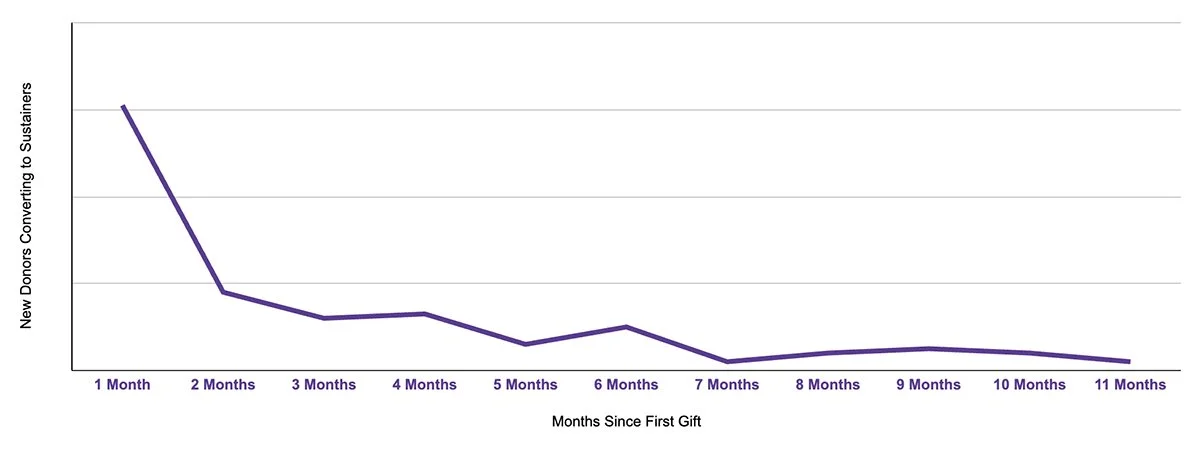Don’t Make This Mistake With Your New Donor Acquisition 🚫
If you acquire any volume of new donors, this Wave Report holds the secret to perhaps the single most effective strategy you have to grow sustainable giving.
I remember the first time I learned about the dynamics of new donor acquisition.
…How important new donors are to the lifeblood of any charity.
…How acquisition almost always loses money upfront.
…How that infusion of new donors and dollars are a critical part of growth, leading to second-year and multi-year donors that are the core drivers of fundraising growth.
I also remember the pain of a charity cutting acquisition, often to balance the budget.
…How it felt necessary in the moment.
…How to the inexperienced fundraiser or CFO, it might make sense – why not cut the thing that loses money?
Every time acquisition was cut, you could start a timer, and without fail, two years later, you’d be feeling a new kind of pain – overall stagnation or decline due to the lack of new donors moving on to the second year and into multi-year.
Perhaps a morbid analogy, but each class of new donors is like the proverbial pig in the python. Except when there is no pig. The nutritional value of a new class of donors was missing. Okay, this takes that analogy far enough!
A New Pain – The Pain of Lost Opportunity
In the past few years, going super deep down the rabbit hole that is sustainable giving, I’ve learned a new pain. The pain of missed opportunity.
The most critical window for inviting new single-gift donors into recurring giving is within the first 30 days of their first gift.
Every organization that we’ve run the data on, looking at the time from a first single gift to choosing to sign up for monthly giving, looks like this:
Above: The most common time for new single-gift donors to choose to give to a charity on a recurring basis is within the first 30 days of their first gift. This surprising insight should transform the way you onboard and invite new donors to make an ongoing impact.
And so, when we take an organization through our Sustainable Giving Accelerator, it pains me to see those organizations that bring in new donors, but do very little – sometimes almost nothing – to invite people into their sustainer program.
Why your donors are most likely to convert to recurring in the first 30 days could be for several reasons. My hypothesis is that the first 30 days are when A) your cause is top of mind with the donor, B) the motivation and passion are fresh, and C) they have not yet settled into a particular giving habit with you.
Either way, if you acquire new donors, this insight should transform the way you onboard them.
Given this insight, there are two fundamental elements we should build into all new single-gift donor onboarding. I can sum up this two-part strategy in two words – Affirm and Invite.
AFFIRM
The first and most important thing we can do with any new donor is to affirm them. Affirm the choice they’ve made to be generous, and to affirm the impact they are making.
🙏 Thank them.
🙏 Tell them a story of how their gift has made a difference.
🙏 Show them the impact that they have made.
It’s fundraising 101 to thank a donor. The most important thing that you can do before a donor is ready to give a second gift is to close the loop on the first gift.
The second-most important thing we can do with new single-gift donors is to INVITE them into making an ongoing impact.
INVITE
In addition to affirming donors and showing them the impact they’ve made, we want to invite them into making an ongoing impact through recurring giving.
What complementary offer might you put in front of new donors to invite them into making an ongoing impact?
Consider how to tie their first gift to the ways they can make a huge difference on an ongoing basis through recurring giving.
How might you incentivize that decision to stand with your cause on an ongoing basis?
I’ve written previously about many incentives that can help donors considering whether to give monthly or otherwise, including donor matches, multipliers, premiums, deadlines, etc.
What channels might you use to make multiple invitations, both directly and indirectly?
Far too often, I see organizations invite new donors only through the channel where the org is most comfortable – usually direct mail or email. What about direct mail and email? What about mobile messaging? Receipt inserts? Targeted social media? Your website?
💡 Takeaway: The most important window to invite new donors to become a sustainer is within the first 30 days of their first gift. Focus your welcome series on AFFIRMING them for the impact they have made, and INVITING them into an ongoing impact.
Consider how you invite new donors to make an ongoing impact through recurring giving in multiple ways during that first 30-day window, directly and indirectly.
Until next week… Surf’s Up! 🌊
- Dave

